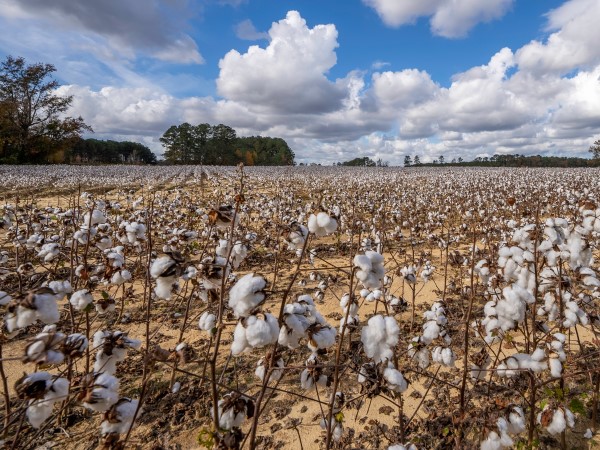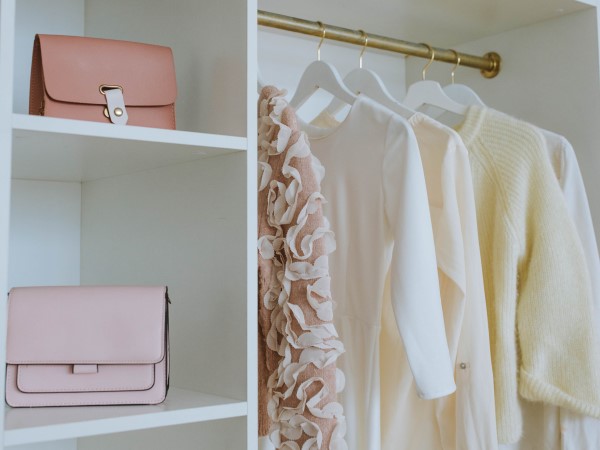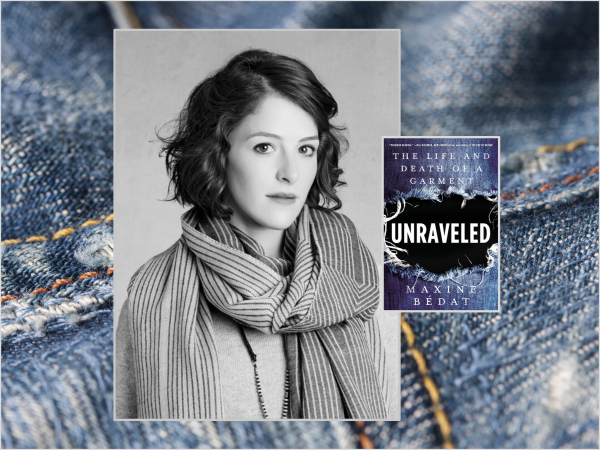The fashion industry has a long dark history of low wages, poor working conditions, exploitation of women and POC, and unfriendly environmental practices. One truckload of clothing waste material is either burned or dumped in a landfill every second.
Maxine Bédat's “Unraveled: The Life and Death of a Garment” shows how you and I can write a better future history. But first, how did we get here?

PC: Mark Stebnicki
It all started with cotton.
The clothing industry began on land taken from Native Americans and farmed by slaves taken from Africa. Money flowed and laws were created to protect this business. Capitalism created tremendous wealth for a few at the top while maximizing labor of many on the bottom, a system which continues to today.

PC: Yogendra Singh
Shopping is now an emotional response and clothing is no longer a basic human need.
We're influenced to measure our worth by the fashion we wear, and businesses are happy to give us more and more products to buy.
While feeding this demand, most businesses look for the cheapest manufacturers, which means higher profits at the expense of workers, consumers, and the environment.

PC: Vissla
Thankfully, not all businesses behave this way.
Some, like lululemon, have buy-back programs so you don’t have to throw away your clothes.
Others, like Vissla, use materials such as coconut husks and upcycles them into water repellant board shorts.
Still others, like De Essentia promote slow fashion by manufacturing in limited quantities or by pre-sale to prevent over production.

PC: Anastasia Shuraeva
Yet every year we keep searching for more clothes to buy at the lowest price possible while we already have clothes we don't wear.
If our entire closet could fit in a large suitcase, the clothes we wear each year would easily fit into a small carry-on. The rest goes unworn.
So here's an interesting solution from Maxine Bédat: “cost-per-wear“. Pick well-made items from socially impactful businesses you want to support. Choose pieces you know you can and will want to wear often. Then buy fewer items and be willing to pay more if needed. In the long run you'd spend the same amount or less while following a more sustainable lifestyle!
“Have you heard?” is our way of sharing another point of view on commonly held beliefs. Through this we hope to encourage curiosity, dialogue, and tolerance of diverse ideas.

